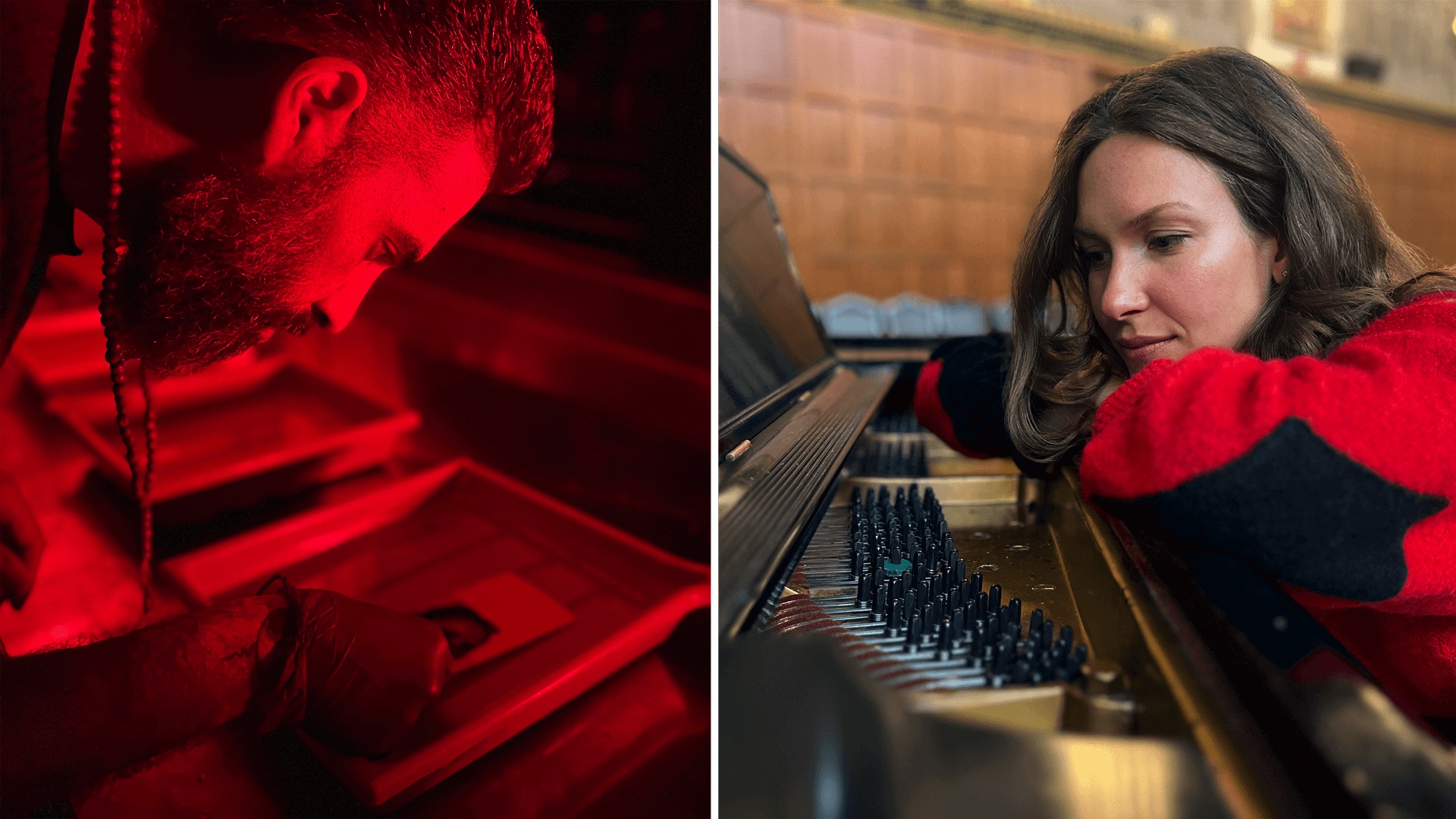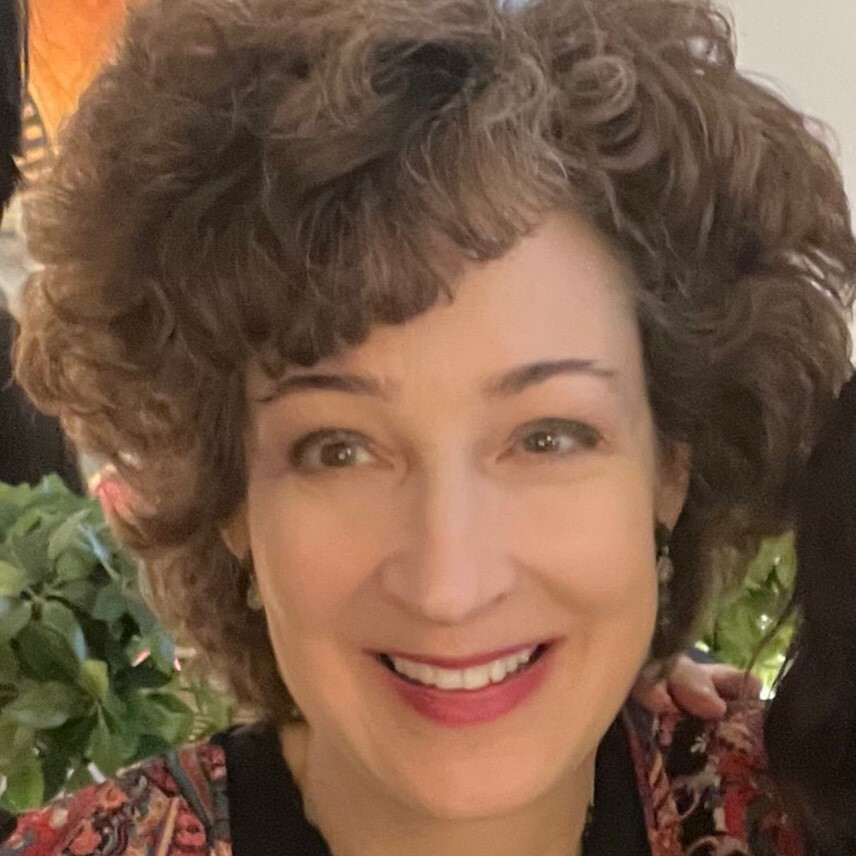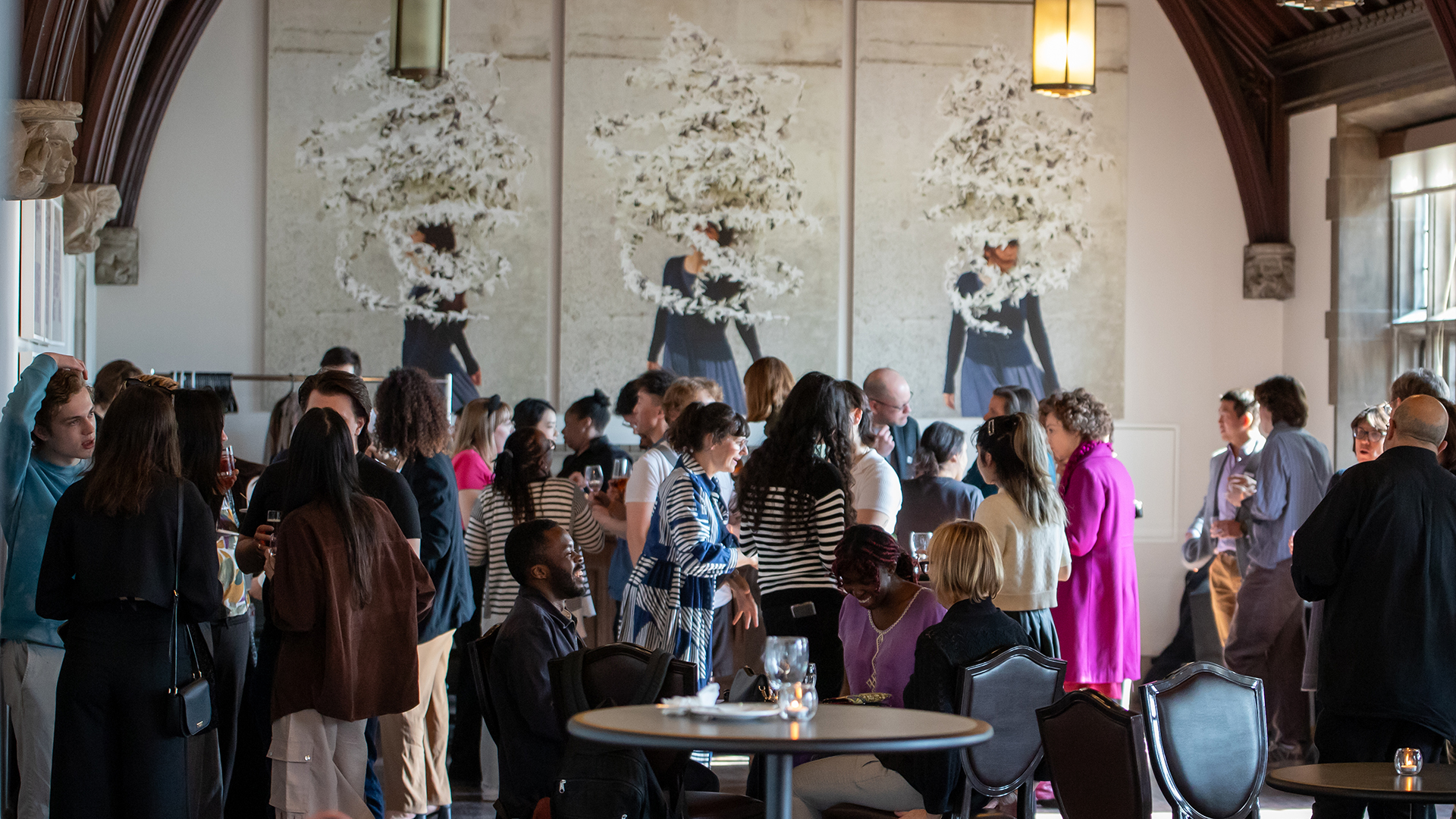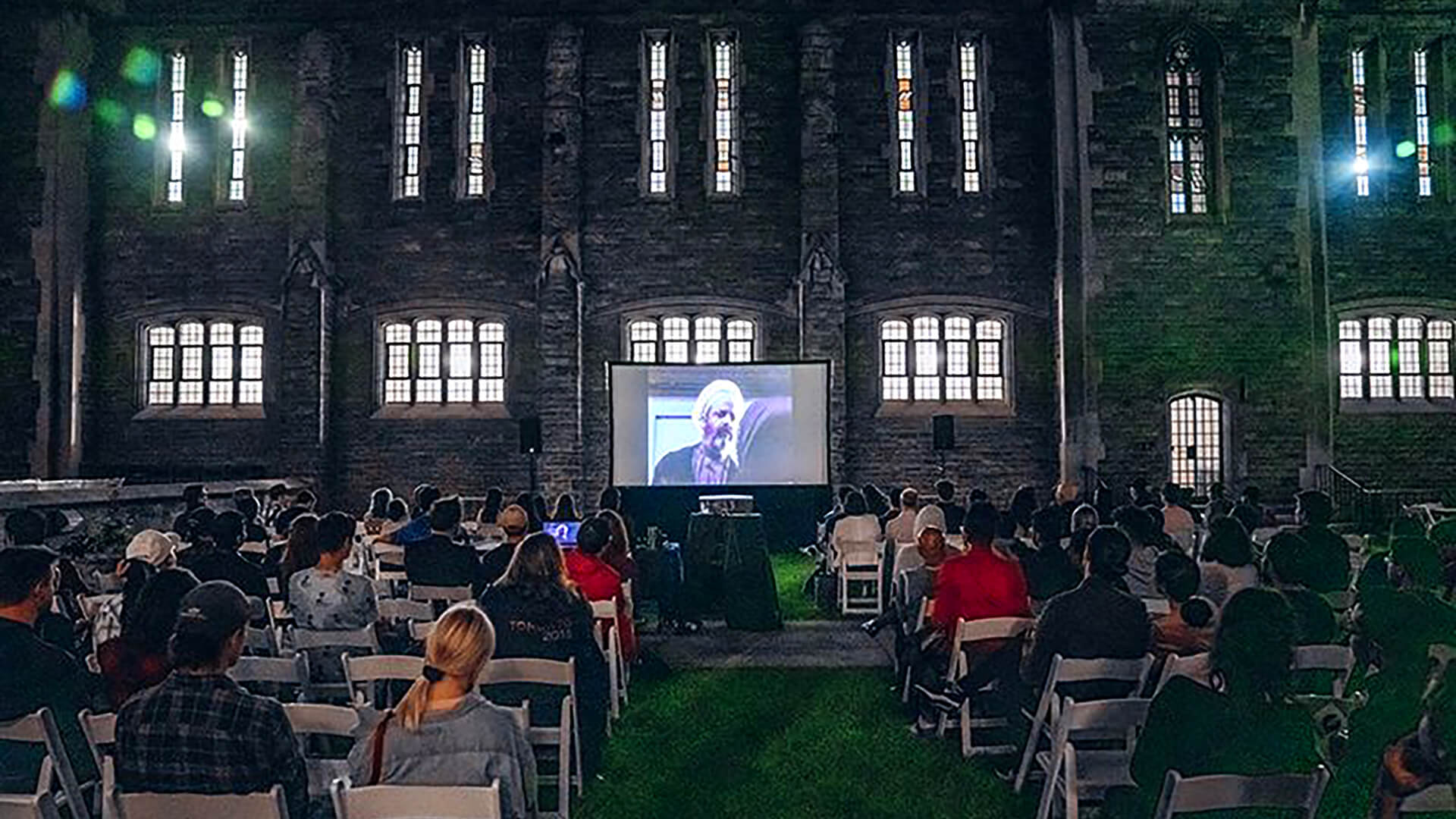
Nina Platiša and Masoud Riyazati share their stories of immigration to Canada through a compelling and groundbreaking initiative at Hart House: Artists in Residence. Both credit the House and the University of Toronto for providing a fertile and safe creative space.
Students and community members can explore who they are and who they aspire to be, at the same time as they deepen their engagement with vital world-wide issues at Hart House. Tying into the ideas around Hart House Global Commons' theme of Migration: Global Perspectives on the Search for Home, the House’s Global Commons the Integrated Arts team at Hart House is supporting two Artists in Residence from January to April 2023: musician Nina Platiša and photographer Masoud Riyazati, an anthropology major at Woodsworth College.
This program allows the artists to share their experiences coming to Canada as migrants and utilize their journey as inspiration for their work.
One would be hard-pressed to find a timelier or more critical topic. In 2020, over 280 million people were on the move across the planet; seeking to escape poverty, the impacts of the climate crisis, environmental degradation, natural disasters as well as human rights abuses and conflict (World Migration Report, International Organization for Migration, 2022).
Meet the Artists
A war child who came to Canada two decades ago from the former Yugoslavia, Nina is an emerging musician, songwriter, producer and recording artist. Her migration experience and her family story inform her art.

In the residency, she will launch her new CD: Za Klavir: For the Piano, a collection of 26 original compositions that blend contemporary and classical roots with elements of Balkan folk music. The CD, with its accompanying book of notations and photographs, is slated for release this April.
Masoud left his home in Iran and moved to Canada more recently than Nina. He has 10+ years of experience in documentary work and portrait photography. He is also an award-winning filmmaker and an experienced film editor. (Notably, his photograph, “Terror,” won the K.B. Jackson Award in Portraiture in the Hart House Camera Club’s 97th Exhibition in 2019.)
In the residency, Masoud is working on a photo essay on the emotional effects of migration. His images, which offer fresh insights on navigating a new culture, will be showcased in a solo exhibition this April.
Meaningful Experience for Both Artists
“The residency means a great deal to me,” Masoud says. “First, I always want to create something – music, photography or video. That’s my passion. The residency gives me the motivation to keep focusing on this passion … Also, it’s connected to and based on my own personal experience; I can describe my feelings.”

This represents a pivotal point in Masoud’s career. “It’s the first professional thing I’m doing in Canada – being able to show and share my work in a different way other than posting on Instagram or submitting for a contest,” he adds.
His exhilaration is palpable. “This is my first solo exhibition. I’m very excited. I was waiting for this moment.”
For Nina, the residency is equally momentous. “It’s an incredible experience,” she says. “I’m working with Saša Rajšić [coordinator, integrated arts education] who is very supportive. This experience enables me to show the true soul of my work.”
Workshops – A Chance to Engage with Students, Alumni and Community Members
Workshops are a key part of the residency. Masoud is conducting one on film processing, developing and printing. Nina conducted a grant-securing workshop where she shared her successful experiences with the Canada Council for the Arts and the Ontario Arts Council.

Nina and Masoud are, together, planning a creative workshop on March 10. “This will be a round-table discussion on the steps that you might take to turn inspiration into a real thing. We’ll talk about artistic practice, how to keep finding sources of inspiration,” she explains.
Nina emphasizes the reciprocal nature of the workshops. “Engaging in dialogue with the students, alumni and community members – some of whom have never been to U of T before – is really exciting. It’s great to have a mix of people in the workshop because that means you have a mix of experience levels and backgrounds, and that diversifies the dialogue. Everyone benefits from it.”
Highlight? Engagement with Others at Hart House
Indeed, this residency is all about connections. “The best part is that I’m connected to a lot of new people – whether they’re my photography subjects or they’re Hart House personnel, such as Saša Rajšić and Rick Palidwor [registered programs coordinator],” says Masoud.
Nina concurs. “The highlight is the people, including Sunny Kooner [graphic design and videography communications officer] and Nicholas Carter [multimedia communications officer]. Everyone has been so kind. They make you feel comfortable, and when you feel comfortable, you’re willing to share. It feels like a safe space to try to propel something forward.”
The House means a lot to both artists. Speaking from a cozy nook in its neo-Gothic halls, Masoud says, “I love this place. It’s my favourite U of T building.”

Nina sums up, “I love dialogue, and this is why it’s so important to be a part of Hart House. The House is not only an experiential educational community and an institution that’s part of U of T, but it’s also an art community with many resources. It’s got a real community feeling.”
She is drawn to the building’s charm and history as much as its overarching creative milieu. “It’s exciting because you’re quickly transported to this world where you can think, discuss, engage and be creative. When you’re put in that kind of environment, it prompts thinking.”
Masoud reflects on how coming to U of T has transformed his life. “Being at U of T means a lot. Since I started here, many things have changed for me in my personal life. The direction of my life has been changed, especially having come here without a family … I was kind of lost for the first two or three years. But U of T gave me a direction. This is the path; this is where I need to go.
Learn more about the residency, the artists and Global Commons.
Learn more about the creative workshop in March.




